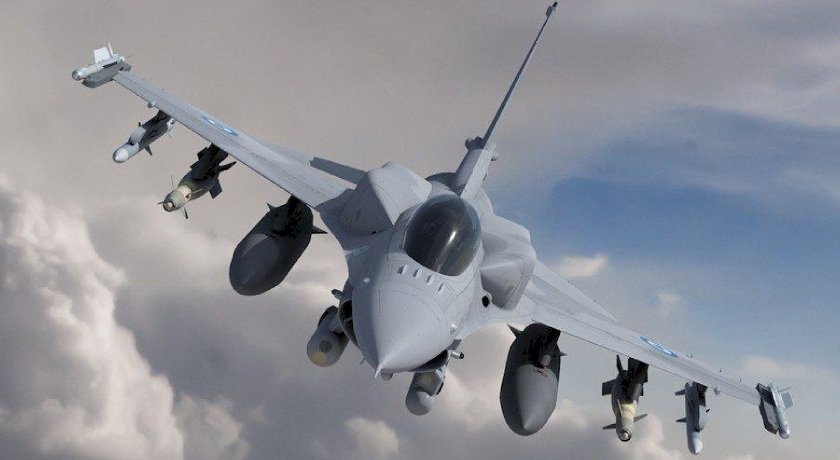 The third and final competition in DARPA’s AlphaDogfight trials will see participating teams and audience members watch online as AI algorithms control simulated F-16 fighters in aerial combat, write Stephen Kuper.
The third and final competition in DARPA’s AlphaDogfight trials will see participating teams and audience members watch online as AI algorithms control simulated F-16 fighters in aerial combat, write Stephen Kuper.
Eight teams were selected last year to compete in the trials, which aim to demonstrate advanced AI algorithms capable of performing simulated within-visual-range air combat manoeuvring, colloquially known as a dogfight.
The series of trials were designed to energise and expand a base of AI developers for DARPA’s Air Combat Evolution (ACE) program. ACE seeks to automate air-to-air combat and build human trust in AI as a step towards improved human-machine teaming.
Colonel Dan ‘Animal’ Javorsek, program manager in DARPA’s Strategic Technology Office, said, “We weren’t able to host the finals at AFWERX in Las Vegas as we’d originally planned with fighter pilots from the Air Force Weapons School at nearby Nellis Air Force Base.”
The final round of the AlphaDogfight will culminate in a matchup on 20 August between the top AI and an experienced Air Force fighter pilot flying a virtual reality F-16 simulator.
“We are still excited to see how the AI algorithms perform against each other as well as a Weapons School-trained human and hope that fighter pilots from across the Air Force, Navy, and Marine Corps, as well as military leaders and members of the AI tech community will register and watch online. It’s been amazing to see how far the teams have advanced AI for autonomous dogfighting in less than a year,” Col Javorsek explained.
Each day of Trial 3 will have a different focus with activities broadcast throughout the day on ADT TV:
- Day one features each of the eight teams flying their algorithms against five APL-developed adversary AI algorithms;
- On day two, teams fly against each other in a round-robin tournament; and
- On day three, the top four teams compete in a single-elimination tournament for the AlphaDogfight Trials Championship. The champion team then flies against an F-16 pilot to test the AI’s abilities against a human.
Col Javorsek added, “Regardless of whether the human or machine wins the final dogfight, the AlphaDogfight trials is all about increasing trust in AI. If the champion AI earns the respect of an F-16 pilot, we’ll have come one step closer to achieving effective human-machine teaming in air combat, which is the goal of the ACE program.”
The ACE program seeks to increase trust in combat autonomy by using human-machine collaborative dogfighting as its challenge problem. This also serves as an entry point into complex human-machine collaboration. ACE will apply existing artificial intelligence technologies to the dogfight problem in experiments of increasing realism.
In parallel, ACE will implement methods to measure, calibrate, increase, and predict human trust in combat autonomy performance. Finally, the program will scale the tactical application of autonomous dogfighting to more complex, heterogeneous, multi-aircraft, operational-level simulated scenarios informed by live data, laying the groundwork for future live, campaign-level Mosaic Warfare experimentation.
In a future air domain contested by adversaries, a single human pilot can increase lethality by effectively orchestrating multiple autonomous unmanned platforms from within a manned aircraft. This shifts the human role from single platform operator to mission commander.
In particular, ACE aims to deliver a capability that enables a pilot to attend to a broader, more global air command mission while their aircraft and teamed unmanned systems are engaged in individual tactics.
The ACE demonstrations will bridge the gap from simple physics-based automated systems currently in use to complex systems capable of effective autonomy within highly dynamic and uncertain environments at mission speeds.












